How To Save Coffee: Lessons From the Degrowth Movement
Coffee is increasingly at risk from the climate crisis, and corporate-driven incremental change won’t save it. The theory of degrowth offers hope for a better world and a fairer coffee industry.
The photojournalist and author discusses his experiences capturing the essence of India’s oldest and largest coffee chain, as well as its legacy and importance as a resistance to brands like Starbucks.

Starbucks’ new leadership is currently attempting to steer the brand back towards its former self-defined role as the ultimate “third place”. While once the company sold itself as a place to linger, chat, and enjoy a break from the busy world, it had subsequently moved towards a quick-service, almost fast-food version of coffee: focused on mobile ordering and drive-thru, with little connection between customer and server.
Last year I wrote about this change, and whether Starbucks was ever truly a third place in the way that the sociologist Ray Oldenburg described it: As somewhere “that host[s] the regular, voluntary, informal, and happily anticipated gatherings of individuals beyond the realms of home and work”.
A few months earlier, I wrote about the Indian Coffee House—a much clearer example of a true third place. It is a decades-old, communist-founded and worker-owned cooperative that remains India’s largest coffee chain despite the country’s economic and demographic evolution. The Indian Coffee House, with its radical history, shabby charm, and stubborn refusal to modernise, remains popular among a subset of Indian society even as the country begins to embrace Westernised coffee chains.
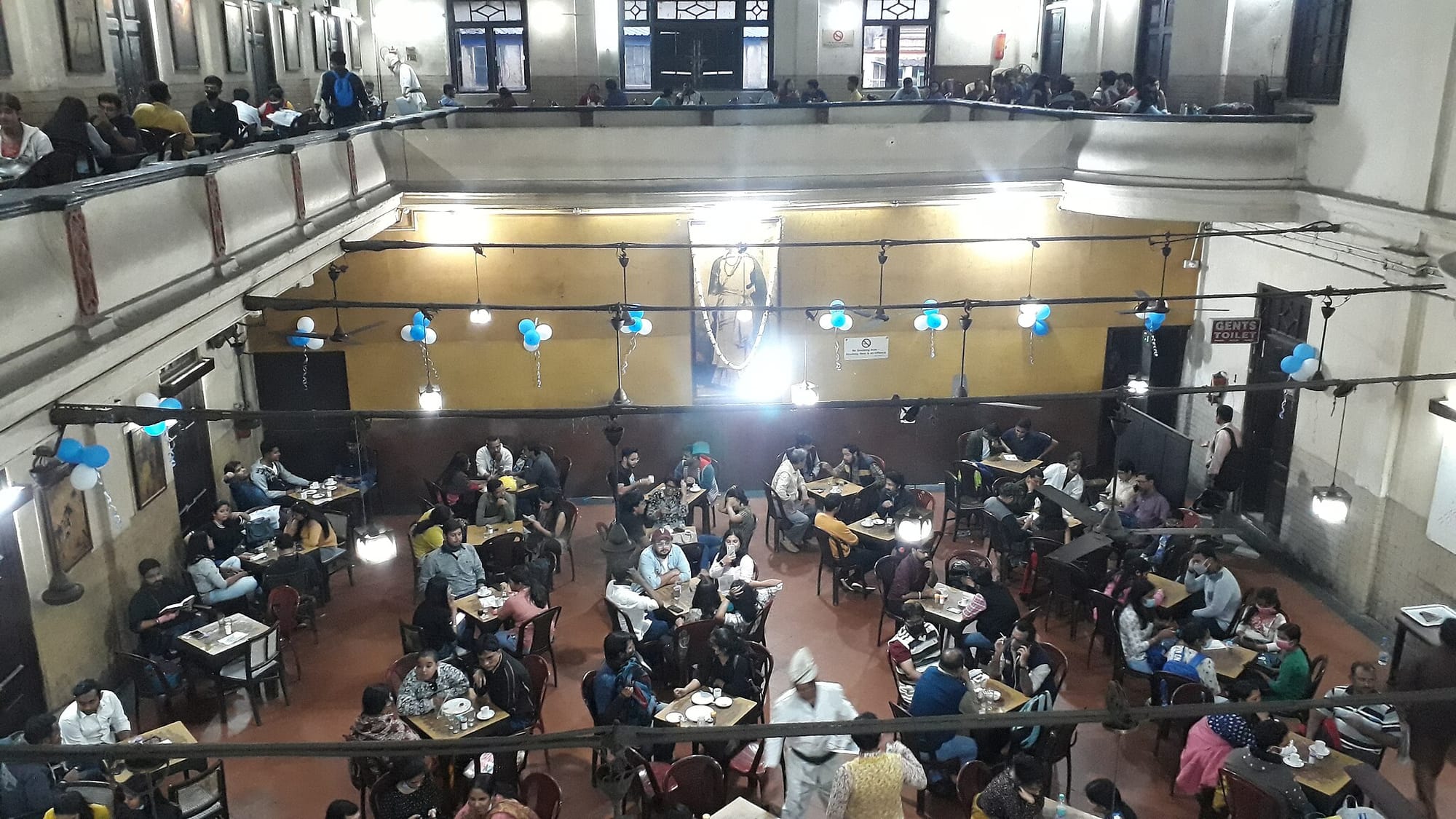
At the end of that article, I quoted from Stuart Freedman’s book ‘The Palaces of Memory’, in which the photojournalist documents the vibrancy and community that exists within each of the cooperative’s locations. “It wasn’t about coffee. It was a home away from home. We sat till the lights were switched off”, the activist Ram Shastri told Freedman.
As I wrote in that piece: “Although Starbucks and other chains have commoditised the concept of the ‘third place’, spaces like the Indian Coffee House remain closer to the radical spheres of debate of the historic coffee shops. As Ram Shastri tells Freedman, ‘All revolutions start in coffee houses you know’”.
Before the article was published, I spoke with Freedman about his work, using images included in the book as a jumping off point to discuss his experiences visiting and photographing dozens of Coffee Houses around India.
“I spent 30 years as a photojournalist; I had a good career. I've done three books: First one was on Lebanon, then it was ‘The Englishman and the Eel’ about pie and mash shops”, Freedman told me. “[That led to] a PhD on pie and mash shops, but it wasn't really on pie and mash shops. It was about ‘white' working class identity and memory that coincided with the rise of austerity, Brexit and so-called ‘populism’. [Pie and mash shops are traditional Cockney establishments that serve a dish consisting of minced beef pies, mashed potato, and a parsley sauce known as ‘liquor’ often with a side of jellied eels.] These places, like the Indian Coffee Houses, like the greasy spoon cafs I grew up with, remain important in terms of memory”.
In his third book, he found a connection between the Indian Coffee Houses and his own life. “I’ve worked in lots of countries around the world, and I look for similarity—I don’t necessarily look for difference. And India, and the coffee houses, struck me as a kind of a memoir to my own past, which is why I was engaging with them for such a long time”.
For this interview, I chose five of my favourite photographs from The Palaces of Memory and asked Freedman to describe his experiences taking each one as well as his feelings about the Indian Coffee House more generally.
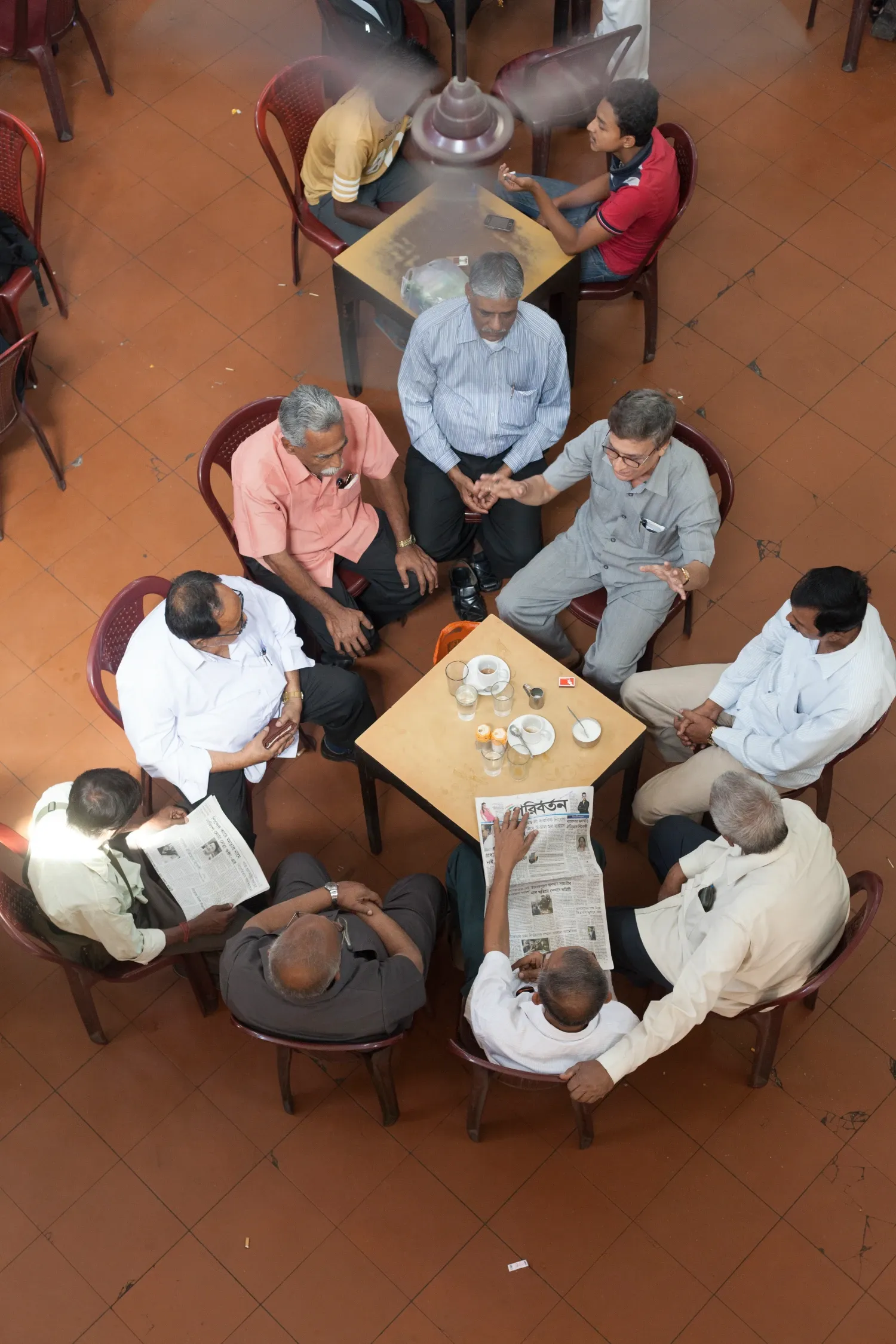
Freedman: It's shot in Calcutta coffee house, which is kind of an historical and significant place. The coffee house in Calcutta is slightly different, because it has more of an artistic, aesthetic background. It’s where [the filmmaker] Satyajit Ray and the Hungry Generation of poets sat, and they're very important in independent India.
When I was shooting in Calcutta, you have an older generation that come in, there's a picture of a guy translating Bengali poetry. But there's also pictures of businessmen meeting, [and] there are also students and, I suspect, increasingly there are lots of tourists.
I think I spent only a couple of days in Calcutta on this trip and I had to combine it with an assignment for another magazine, so I was on a bit of a deadline but I knew the coffee house from years ago. It was one of the few images that I took on a long lens, because there's a balcony around the edge of this coffee house.
I'd been in there most of the morning, just chatting to people and taking pictures, but this one just seemed to have some sort of graphic sense—and also, when you're making a project like this, you want to make sure that you have different views. You can't have everything exactly the same, you know what I mean? You need a different viewpoint.
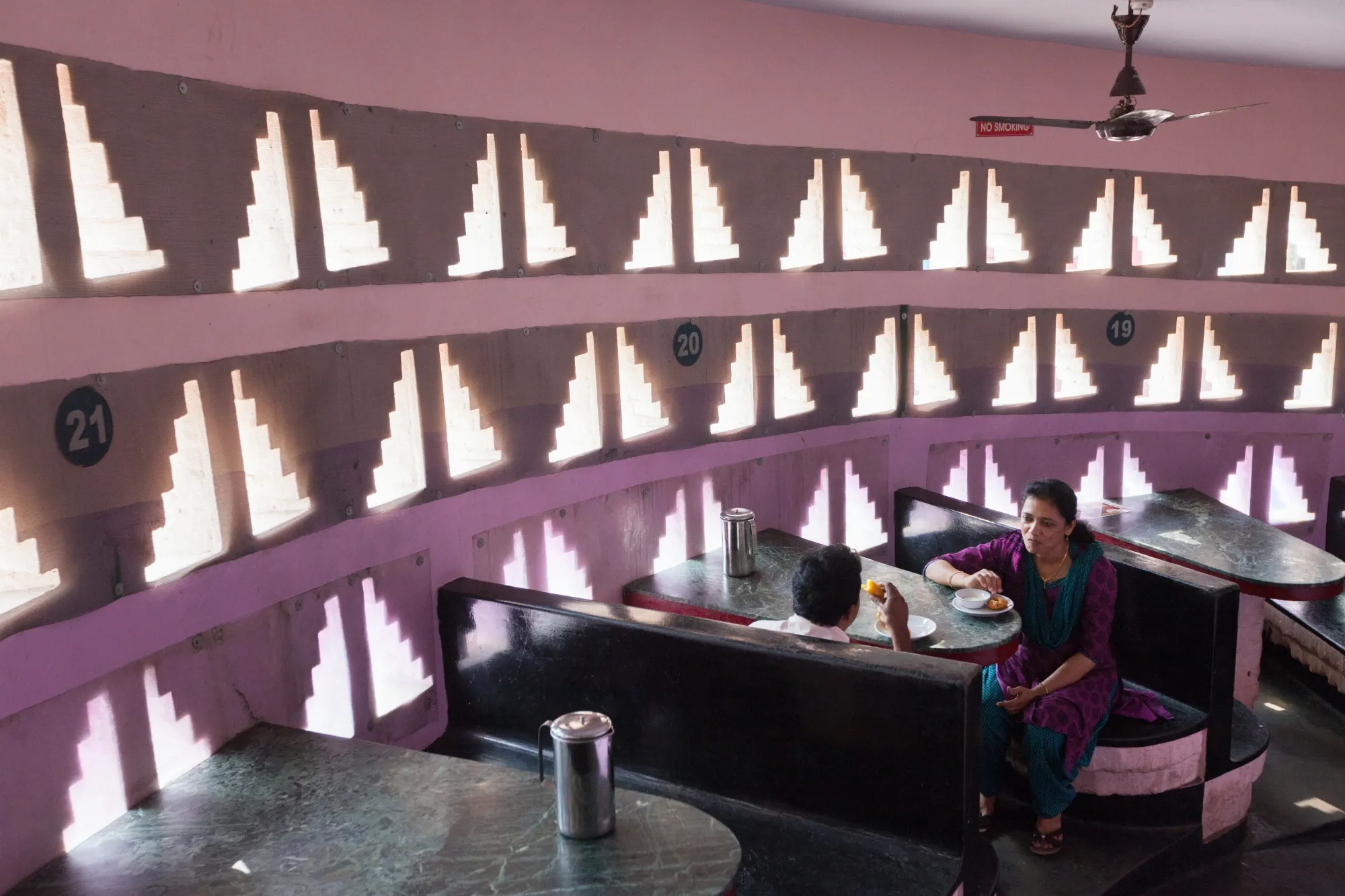
Freedman: Years ago, I had a book proposal accepted about the wind, and I was photographing the wind across the world. I did my first trip to the Sahara, you know, follow the wind across Mauritania, so it was interesting to be in this kind of tower, because it’s open to the elements so it’s very cool.
[This coffee house] is like a wedding cake, it goes up inside on a spiral. It was designed by a British architect called Laurie Baker who went to India just after the war. I'd been to Trivandrum as it was then, Thiruvananthapuram now, and I'd seen the coffee house—we're talking late 90s—and I was like, ‘Fucking hell, this is extraordinary’. It doesn’t have any glass, so the wind comes through. It was quite tricky to shoot, because I was having to stand on the table to get the elevation.
[Laurie Baker was a renowned architect who “gained a reputation as a designer of low-cost, high-quality, visually exuberant and energy-saving buildings” in India, according to his 2007 obituary in the Guardian. Baker’s hallmark, Raekha Prasad wrote in the obituary, “was to substitute imported, expensive and energy-guzzling materials with local, cheap and renewable ones: mud bricks made from local clay; bamboo; and even lime made from clamshells collected from Indian beaches”.]
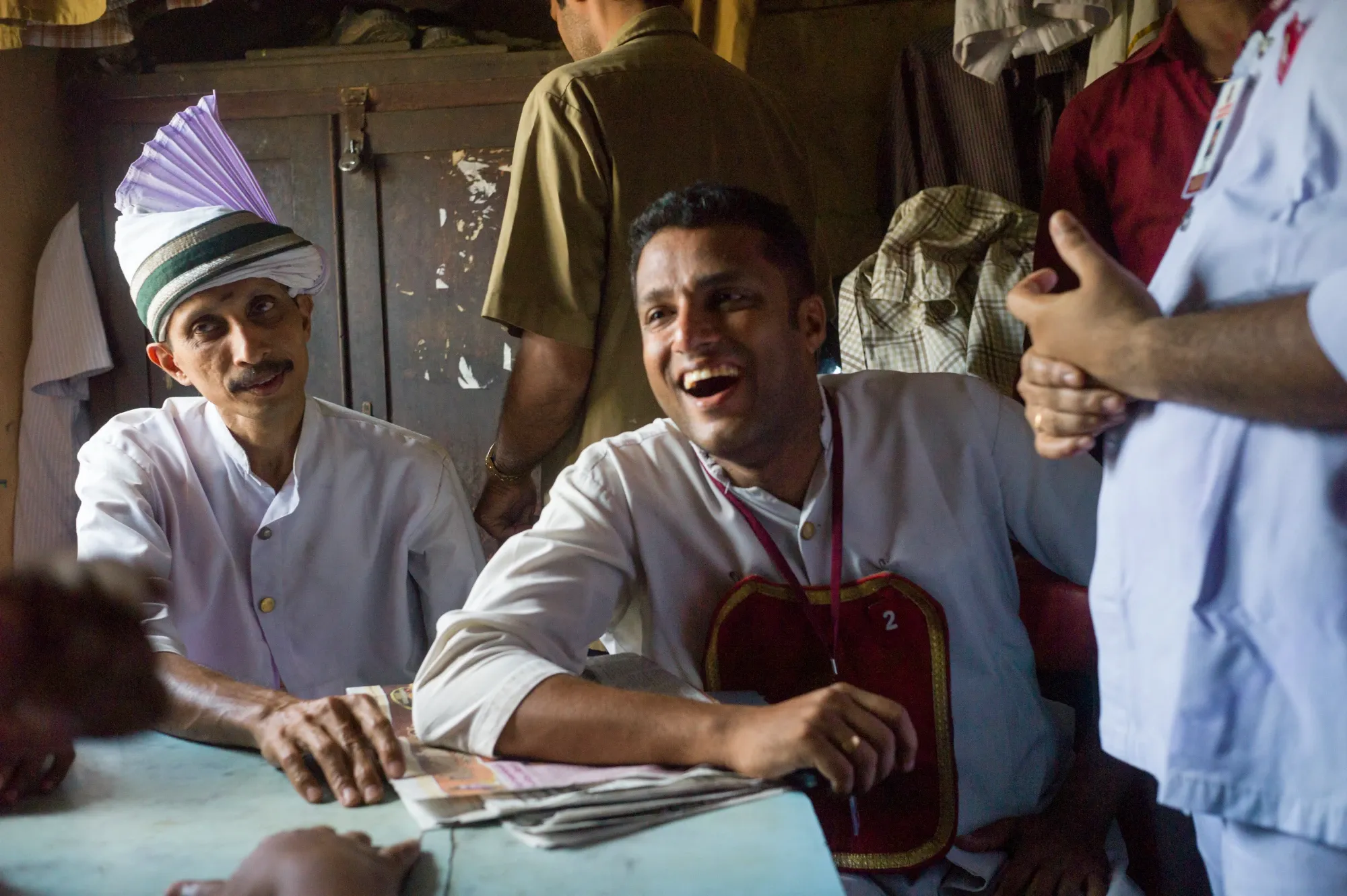
Freedman: I'd been going to the Indian Coffee Houses for 10 years on and off. Not all the time, but I was there quite a lot. But never photographed it, really. And it was only when I'd heard that they were going to close the bloody thing, because the coffee houses were in deep debt. And I thought I'd do this quickly.
The coffee shops are different in the north and the south. The coffee is different, for obvious reasons, but the food is [also] different, and the culture is different. I did the Delhi coffee house, and then I did other stuff in the north. Every time I got an assignment, I’d do the coffee house where I went, and it took a couple of years.
Then I thought, ‘I can't keep doing this, I've just got to go to Kerala’. And I went for like a month and walked around. And this was just one of those afternoons at the end of one of the guy’s shifts in the staff room. The staff room was way smaller than my office, I could just about get behind these guys. I thought the staff were important, not just because it was a cooperative, but because they kind of got ignored by the customers.
[Freedman sent me a link to a piece on the Delhi Walla blog where writer Mayank Austen Soofi took a copy of The Palaces of Memory and showed it to some of the workers featured in the book:
“The steward takes the book to the other hall and shows it to his colleagues. They gather around him, looking in amazement at the photographs of their own workplace. Some recognize their colleagues working in the other coffee houses in the country. Suddenly, a gasp.
'Arre, he is our Yadav!'
Brijnandan Kumar Yadav is summoned. He is holding a plate of toast. He is shown page 13. It is indeed him. He looks shocked. He smiles. He blushes. He laughs”.]
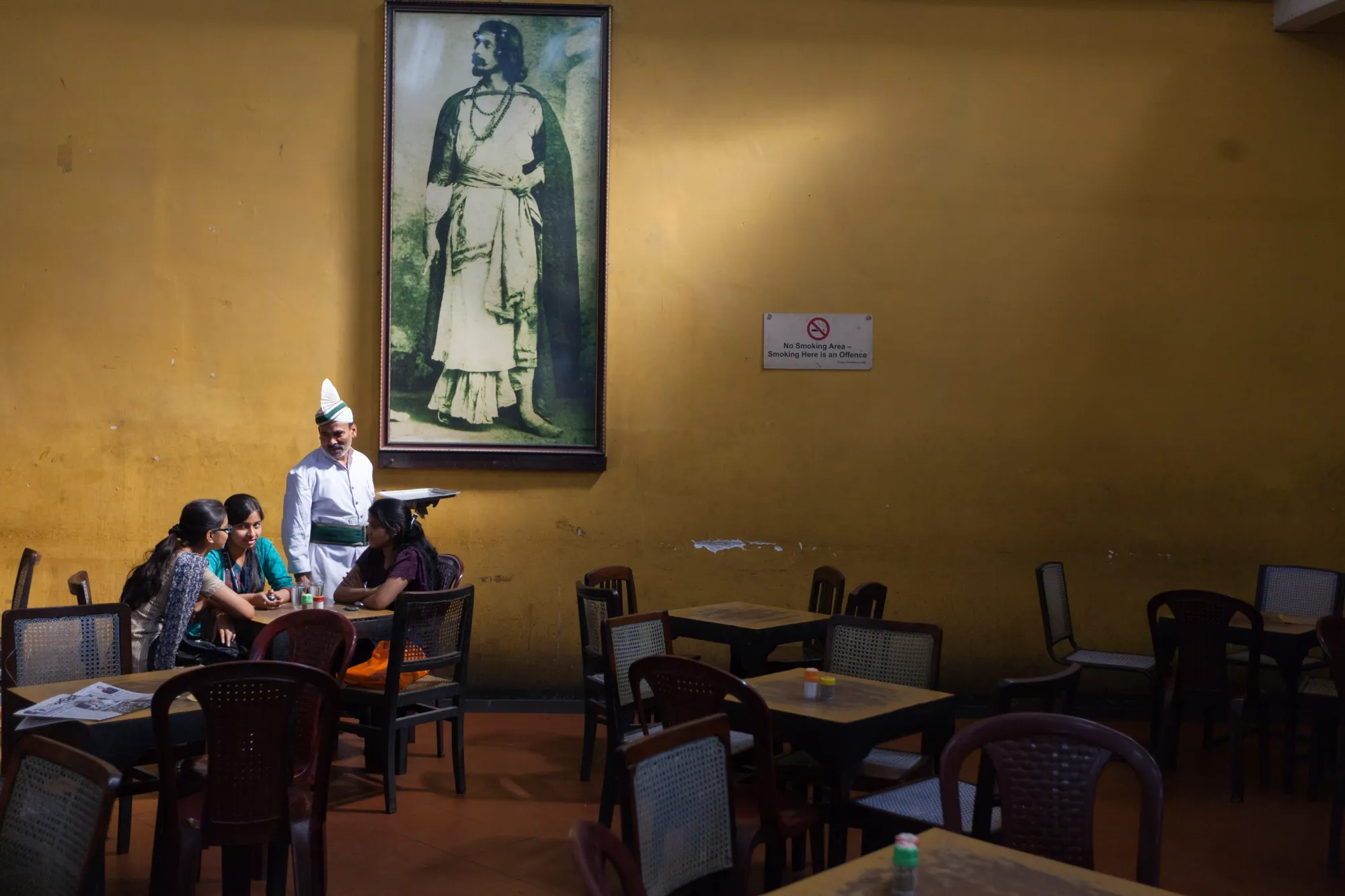
Freedman: I really like this picture because I remember shooting it, and it's shot on a very bad early Leica digital camera. But I shot this really carefully, and if you look at it from a distance it looks like the girl second from left is looking at me; she’s not, she’s looking at her friend.
There's bits of it I really like: there’s nice spacing in the image; [the light] comes in from the top window, so it's kind of classical painting light. It was tricky because the light was bouncing off his tray. I’m a very old fashioned photographer, I shoot stories from the Life Magazine tradition where you think about your opening shot, your middle distance shot, you think about detail. So when I was shooting I was thinking, I could see this being a wide shot.
And it's a nice colour on the wall—I was in Calcutta a couple of years before and the walls were really dirty and then they painted them, so you get that old kind of warm, distemper look. There is something about the texturality of nostalgia—you go to Bar Italia in Soho and see the floor, you can see where millions of people have walked. Or there’s the [coffee houses’] chipped coffee cups and the stains; there’s this palimpsestual notion that’s really important.
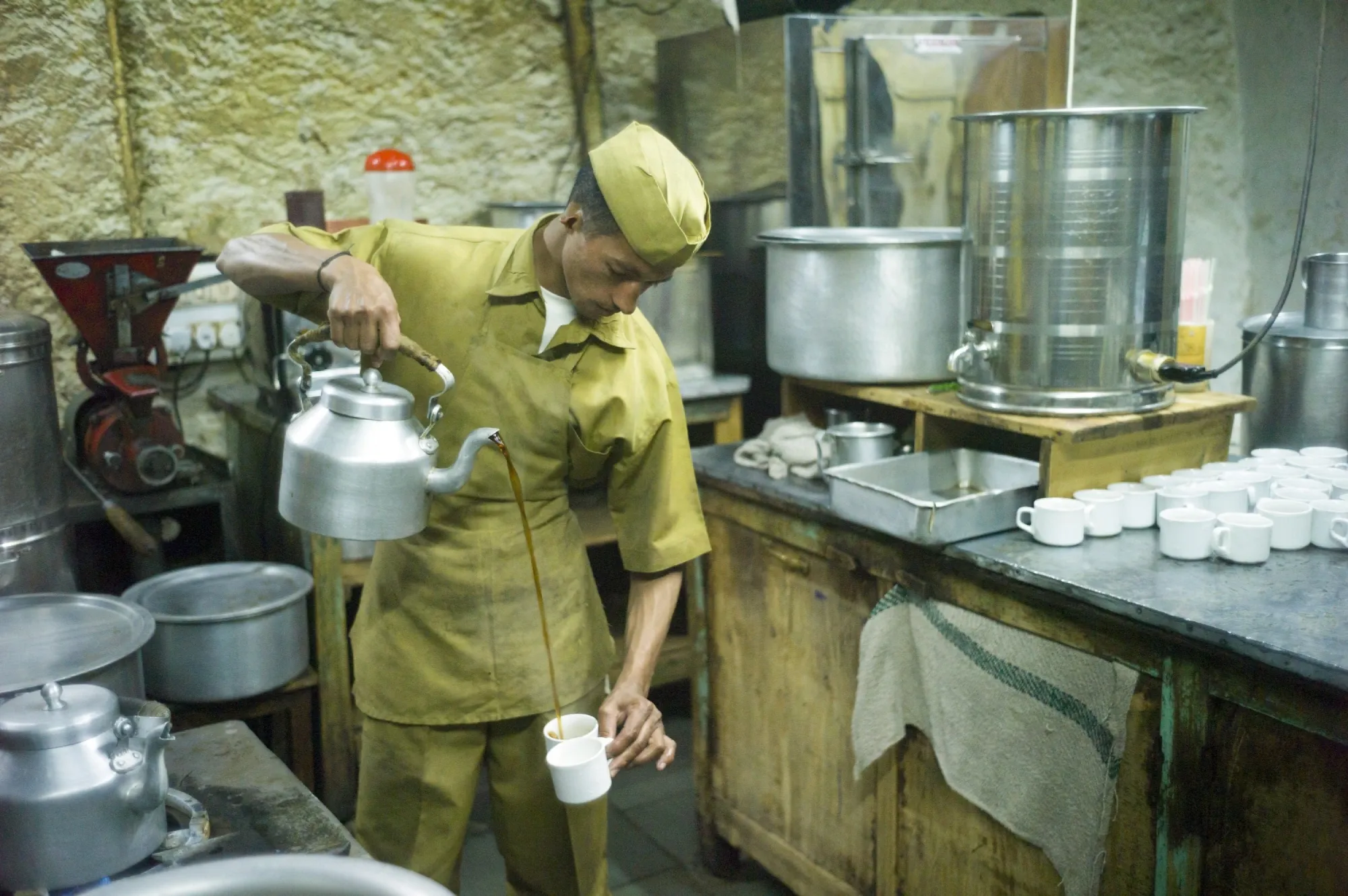
Freedman: The last time I was in India was 2018, and a lot has happened politically and culturally, especially to Delhi, but to India as well. I think there are two things happening, from what I intuit—and I could be completely wrong because I haven’t been there in a long time and I'm white, I'm a Westerner.
I think some young Indians may see the coffee house, in its original iteration, as being British, because it kind of was. I think they see the [Raj-era] coffee house uniforms, which I never really noticed, because, you know, however we try and be different, we still have the filter of where we're from—I think they see that as a bit problematic.
Equally, I think there is a notion that these are really interesting historical places and contain potential revolutions or resistances. The way that [the worker-owners] pour the coffee, the way that they rub the tables, these are resistances to the neoliberal order. These are resistances against the hegemony of Starbucks, of these great companies, because these things can't be replicated—if you say you have 2.5 seconds to pour a cup of coffee from a machine, it doesn’t work. It doesn’t work.
A newsletter about coffee—its culture, politics, and how it connects to the wider world.